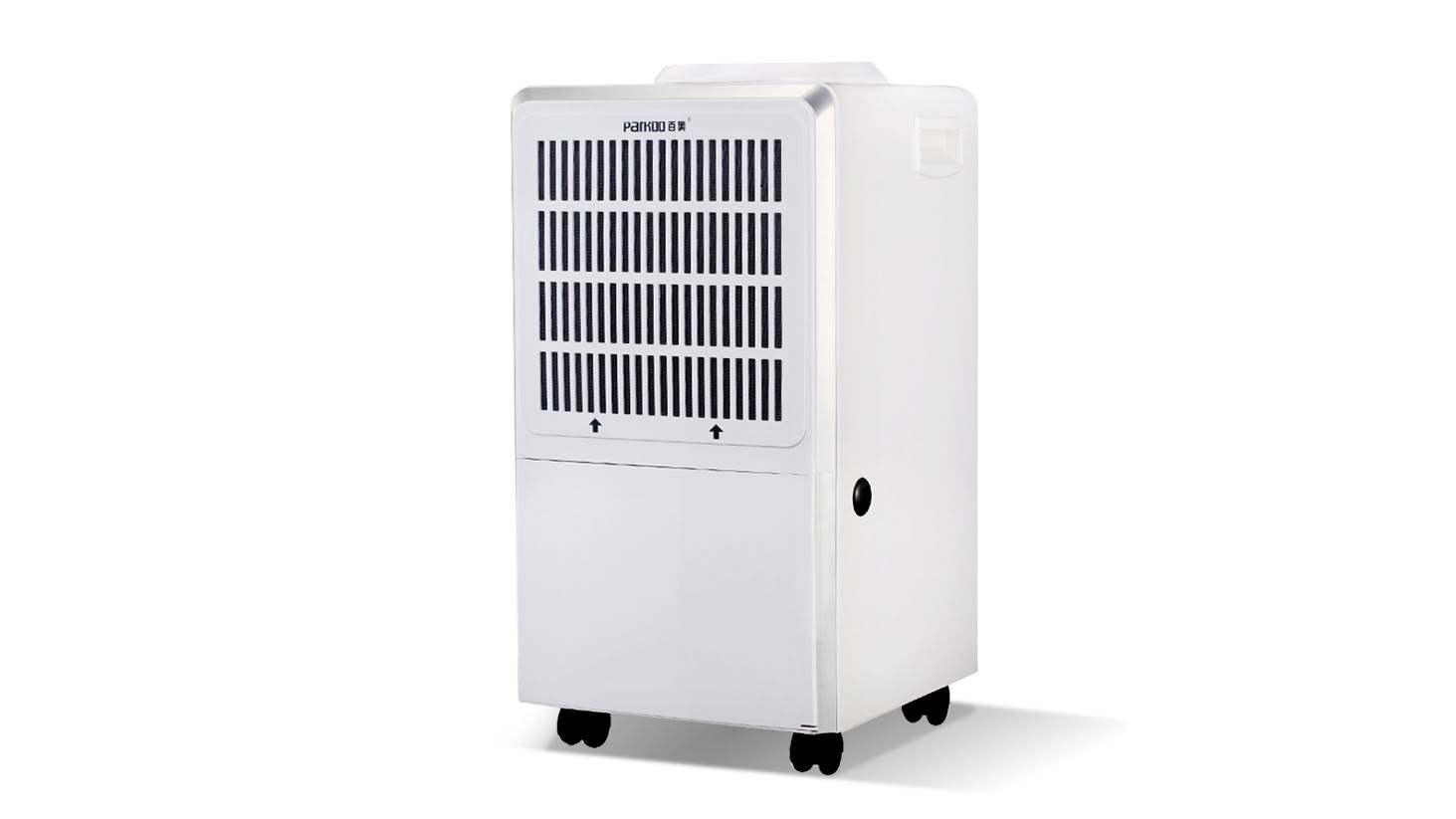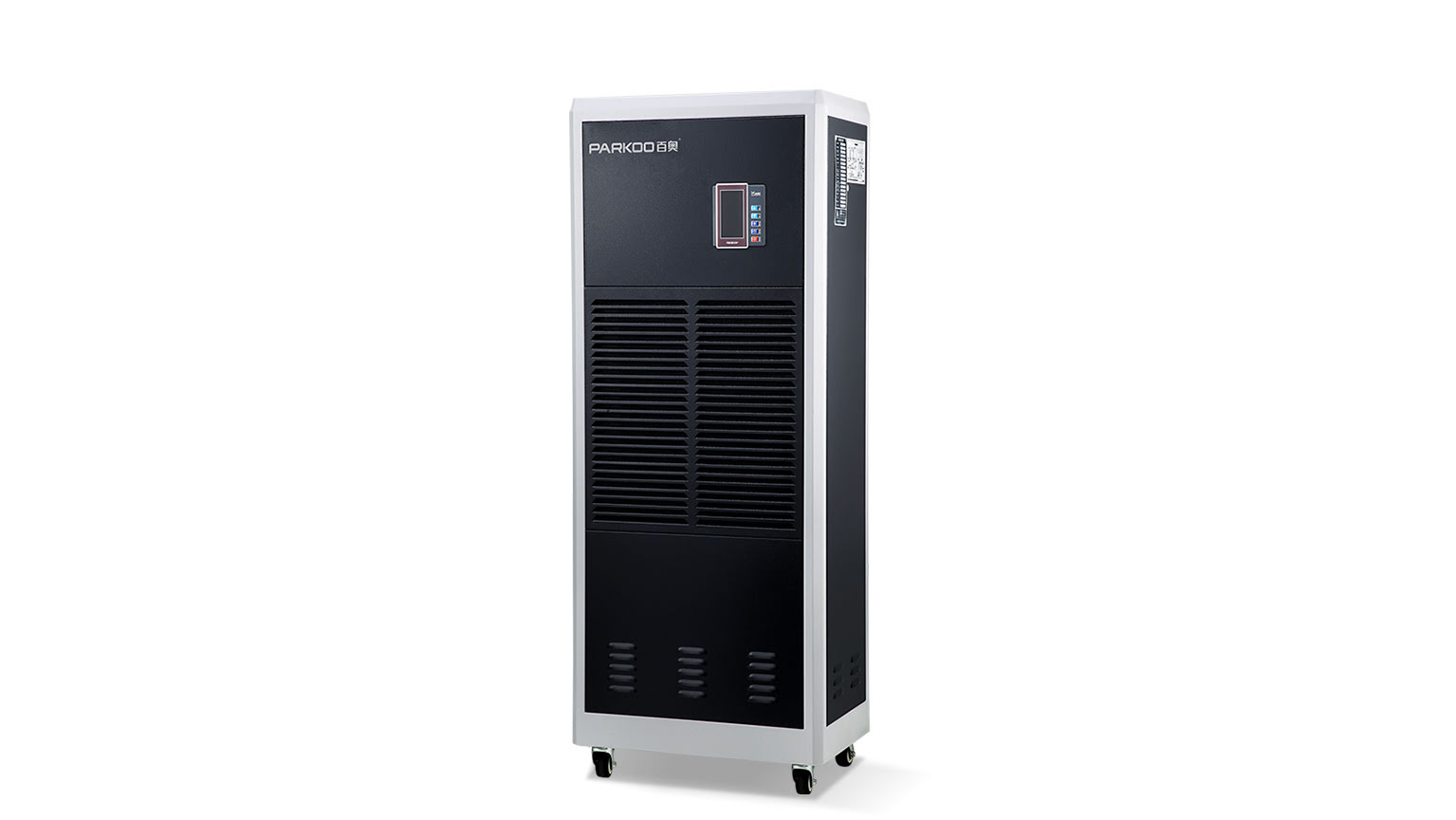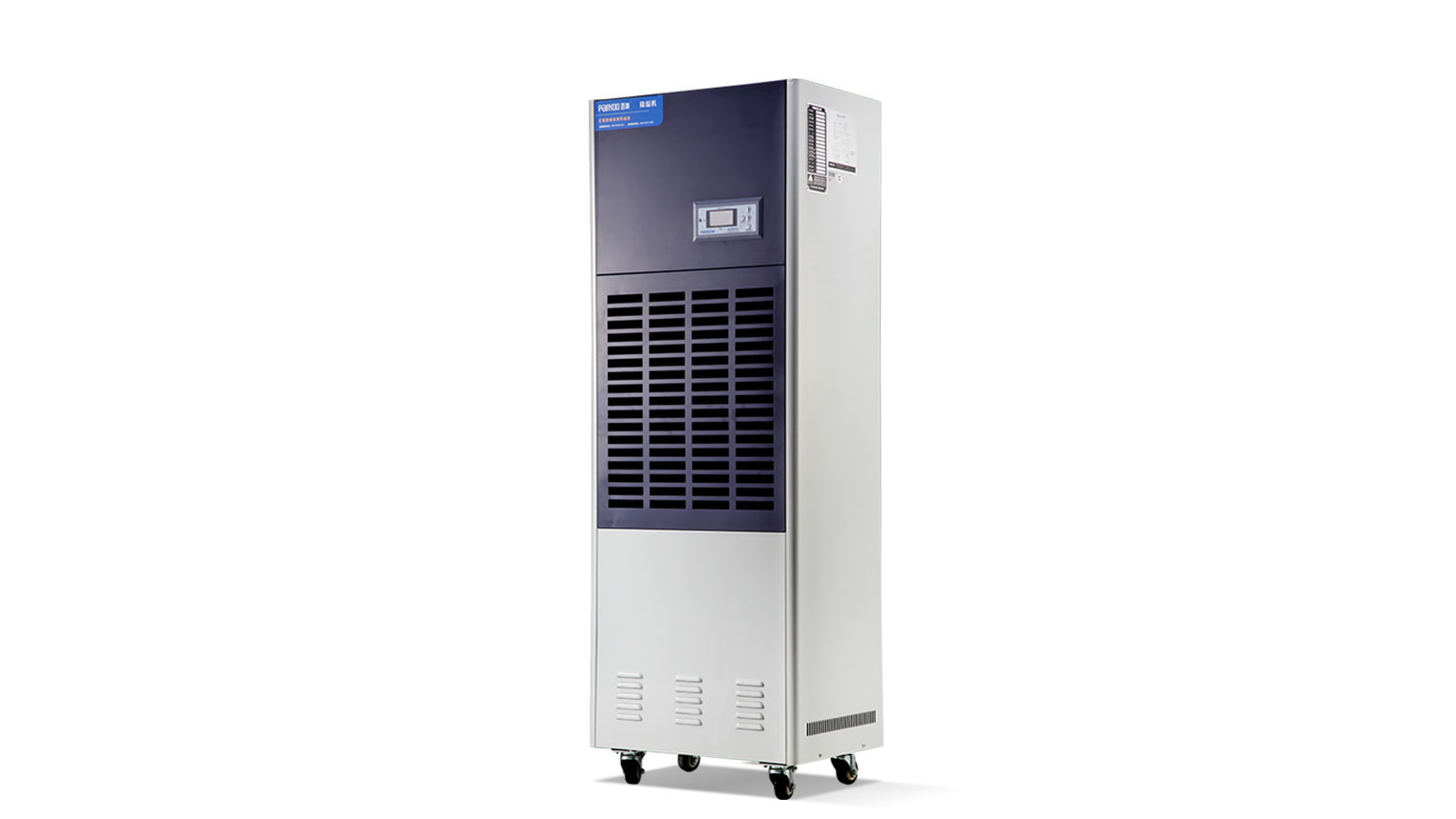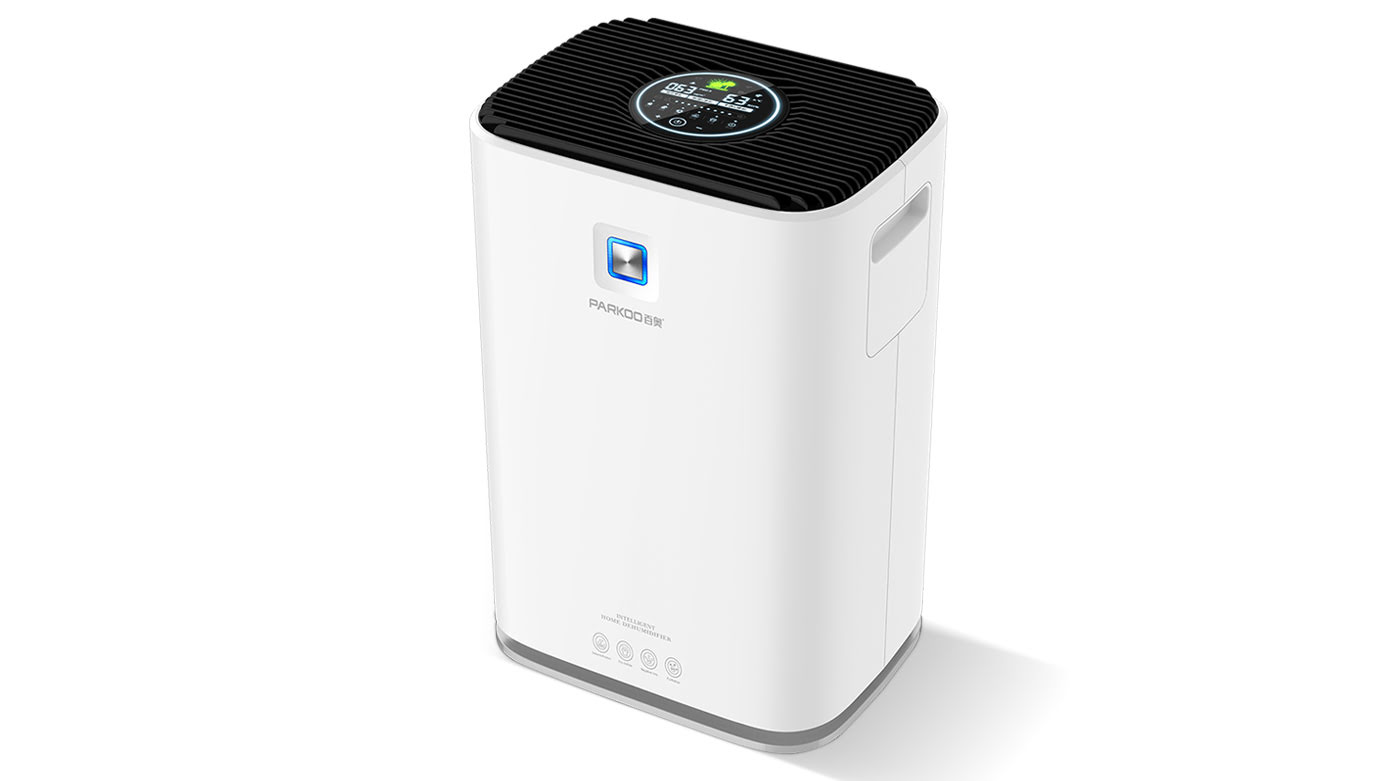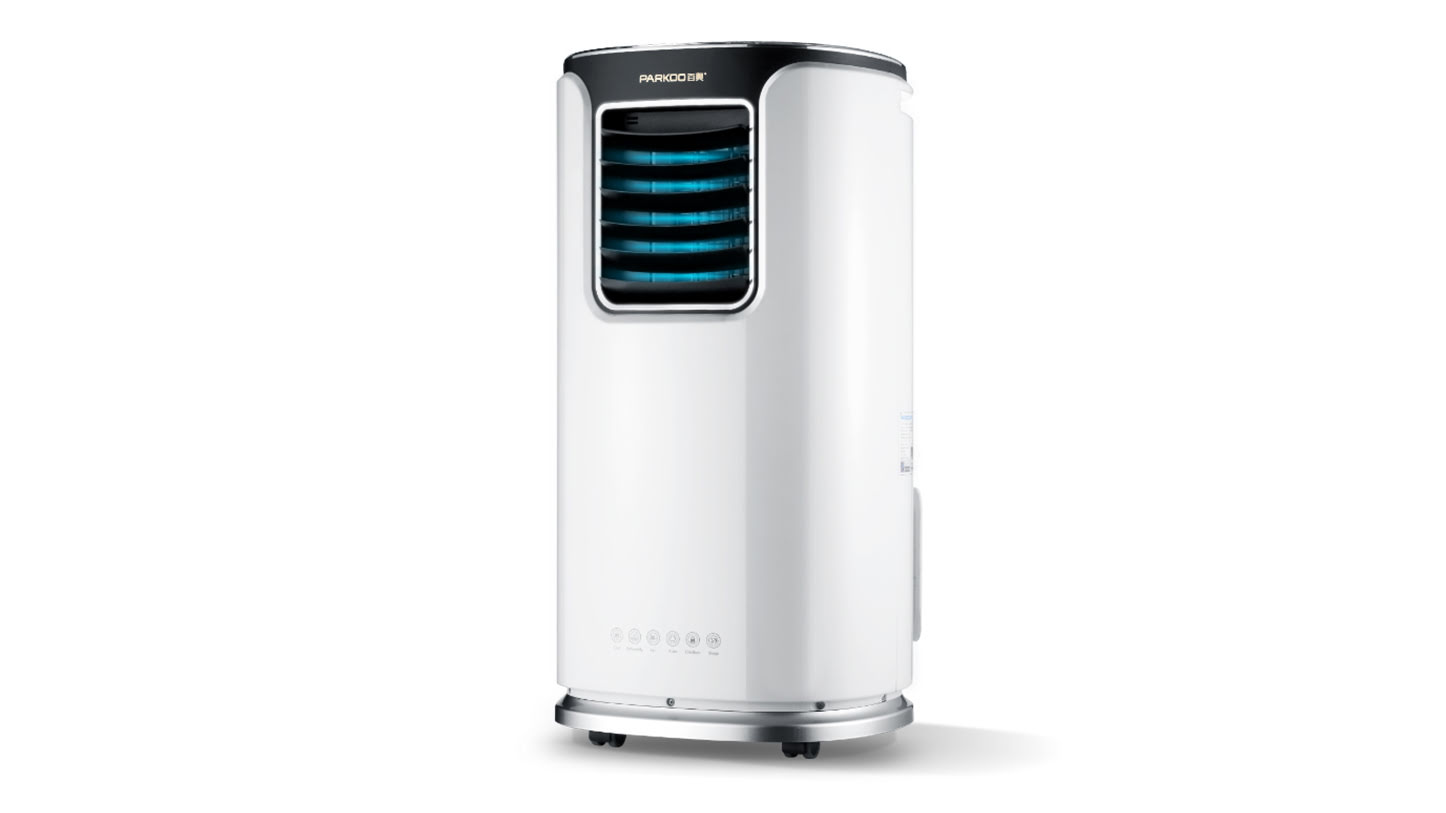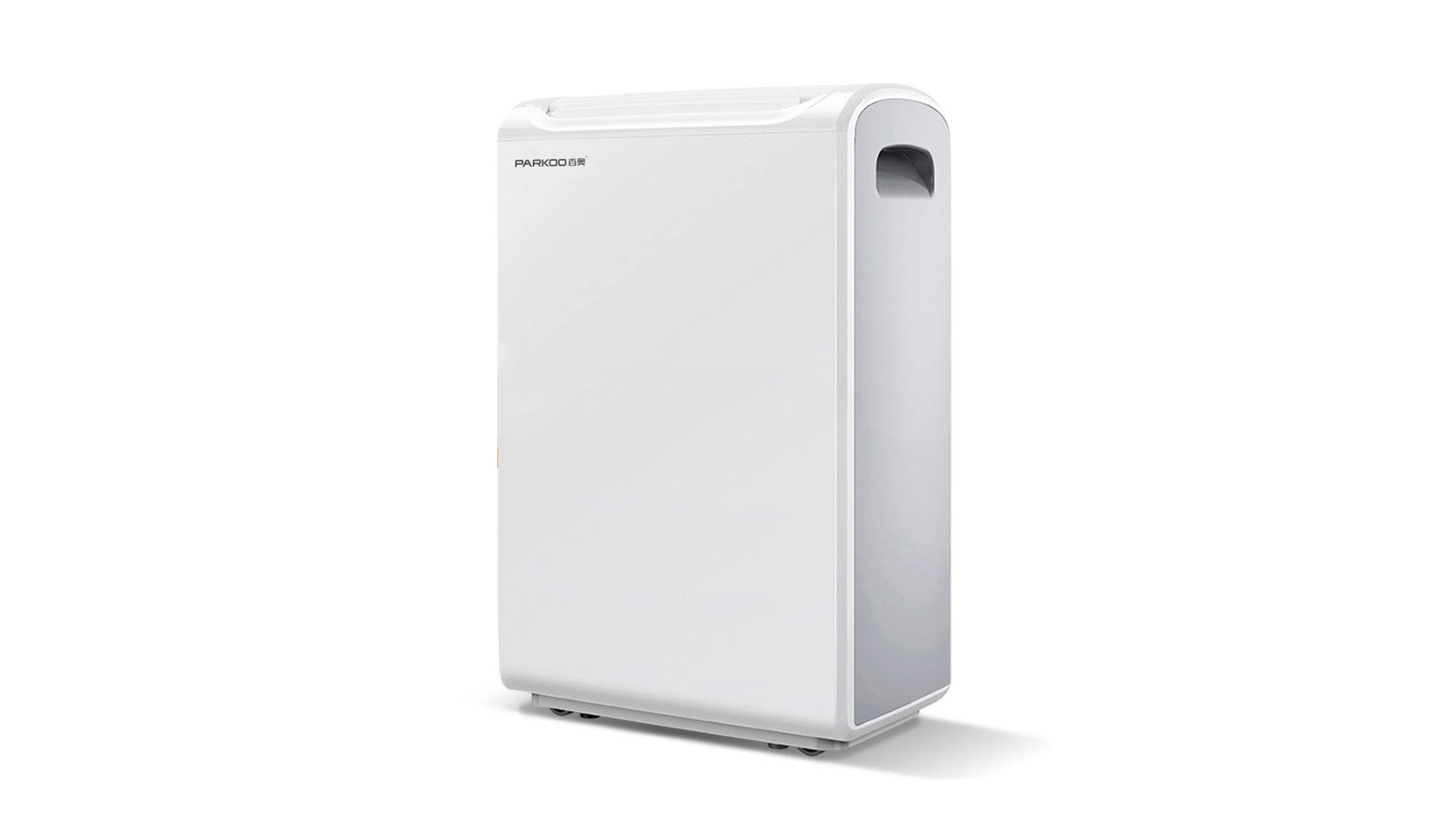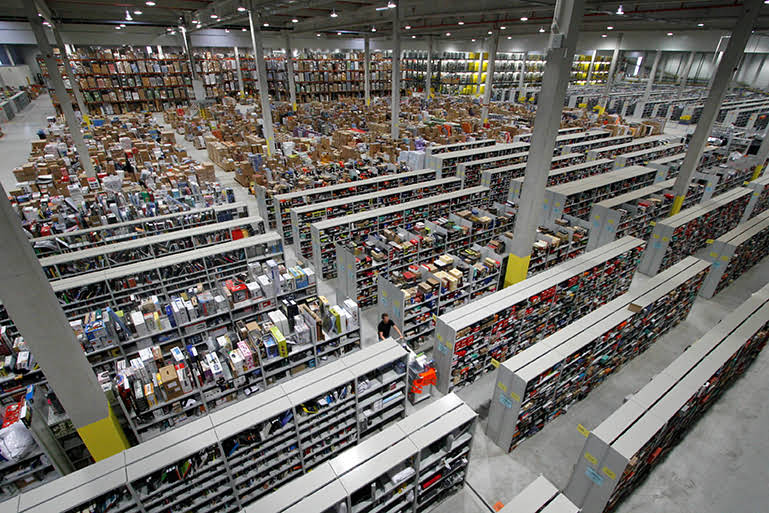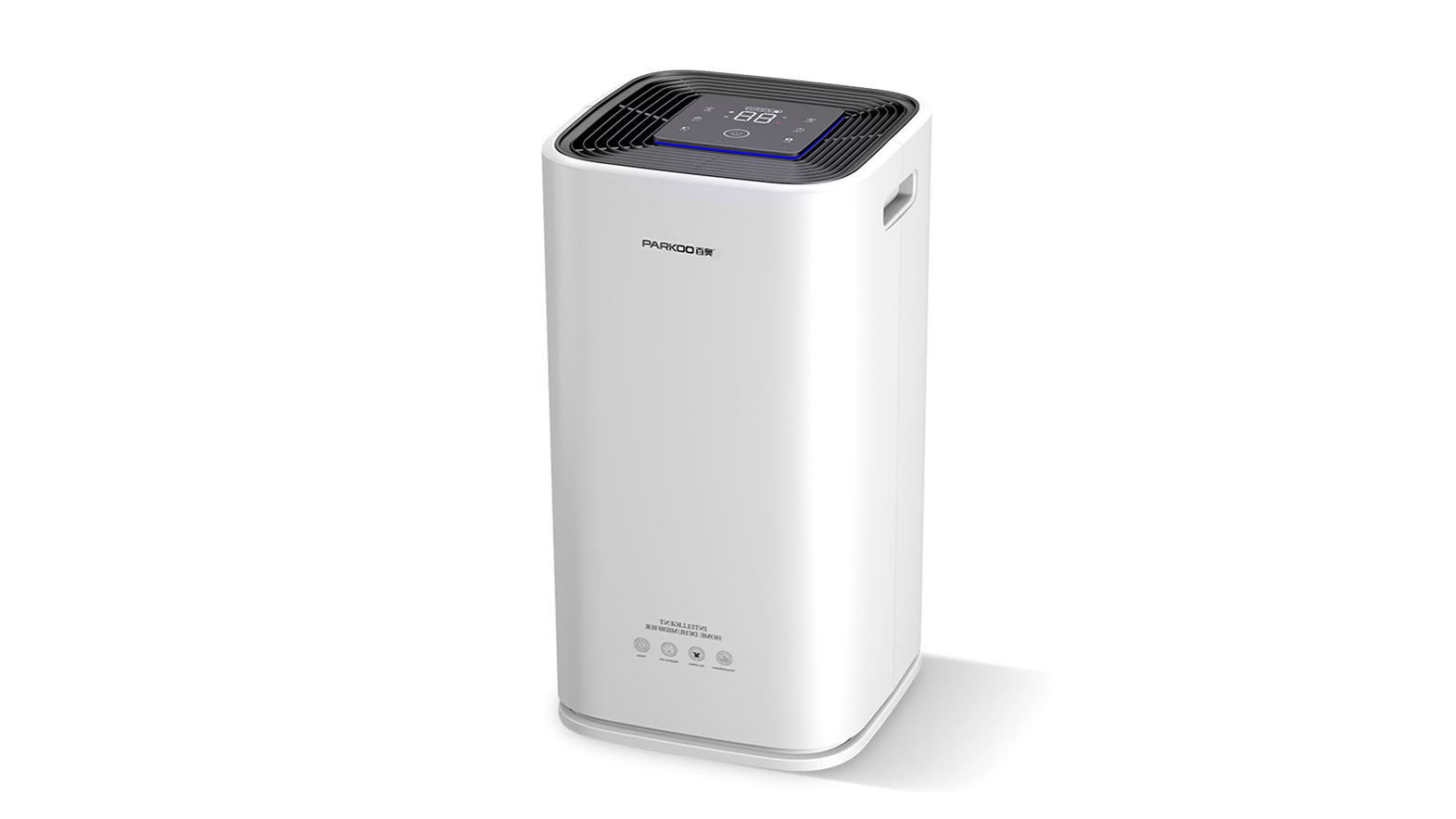Each stage of Manufacturing cigars and cigarettes requires very specific humidity levels to Maintain the moisture content of the materials involved, ensuring production Efficiency and product Quality
when tobacco is first brought into the factory and opened, it is very dry. one of the initial processes, commonly referred to as softening, involves a rotating cylinder filled with tobacco leaves through large sTeam. these areas have a typical humidity range of 85-88% RH (relative humidity) at 30-32 ℃ Due to moisture leakage from the process entering the ambient air. during this process, According to customer requirements, the moisture content of tobacco will increase from approximately 1-2% to approximately 24%
after tobacco softens, the stems of the leaves are removed. During this induction and stripping process, the conditions should be around 70-75% RH and 24-29 ℃ to Prevent tobacco from drying out. Then, the tobacco in the area Carries out the final process of canning and Conditioning, which is flavoring. In most production factories, tobacco will leave the main area with a moisture content between 13 and 16%. This requires an Environmental Balance humidity between 60-68% RH to prevent water loss
Due to the fact that Steam is involved in this process, the humidity in the main area usually does not Need to be maintained by the Humidification system beCause leaks from the process will maintain the Appropriate level of environmental humidity. However, in some factories, these processes are so sealed that almost no steam leaks from the process, requiring a humidification system to maintain the required conditions
Tobacco storage area
After these initial processes, the moistened tobacco is transpoRTed to a large, normally open warehouse or warehouse where it is stored until needed by the manufacturing machine. Some Smaller tobacco factories will not have wareHouses, but will rely on "box" or "cut" tobacco stores
These areas must be maintained between 60-70% RH and 21-24oC, as they have a large amount of tobacco exposed to the ambient air. If humidity is not maintained at these equilibrium levels, tobacco will begin to dry
Filter production
Filter rod production is one of the fields where humidification is almost not required, as the materials used for filters are not particularly humidity sensitive.
. However, if the humidity drops below 50%, electroStatic charges will accumulate. This may cause the filters to stick together and damage their flow to the production area. Therefore, it is recommended to maintain the humidity above 50% RH and around 21oC, as this will completely eliminate static Electricity. When the ambient humidity is below 45%, static charges will be generated regardless of the temperature of the areaCigarette production area
This may be the most Important area in humidity control. Tobacco is Usually transported to the cigarette machine through a pipeline using compressed air and enters the hopper above the manufacturer. Tobacco is forced to be attached in the form of cigarettes and then wrapped on paper. The amount of water lost by tobacco during this process depends on the speed of the machine, the pressure exposed to the surrounding environment, and the compressed air transported from the storage area
The paper that is drawn into a cigarette must also be kept in balance with the environment when it is stored on a reel. If its moisture content changes, the size of the paper Roll will be along its exposed edge. This may lead to tears, incorrect machine supply, and expensive downtime for re use
The relative humidity in most cigarette production areas is 65-68%. The relative humidity of this area is crucial as it maintains the equilibrium moisture content of tobacco between 13% and 16% by weight, with the exact moisture content being the product and mixture. If the humidity is below about 60% RH, tobacco will begin to lose moisture and dry. This may cause tobacco to fall out of the cigarette when inverted in severe cases. If the humidity exceeds 70%, adding moisture will cause staining on the paper, which is unacceptable to the end customer. Therefore, maintaining humidity in the production area of 65% RH+/-5% is crucial for product production and quality
During cigarette manufacturing and after the filter is inserted, the filter laser can be fired to create small holes that allow air to be sucked into the smoke, in order to control the smoking characteristics of the cigarette. During the laser process, it is necessary to maintain humidity at approximately 55% RH to prevent clogging of the suction holes in the holder. Sometimes it is necessary to dehumidify this part of the machine to achieve this 55% RH level. This can be easily achieved by using a small adsorption dehumidifier installed on the manufacturer's side and the "dry" air conveyed through pipelines to the laser section Once the cigarette is compLeted, it is delivered to the delivery system. From here, depending on the type of machine, one of two routes will be required. Older machines without direct connection to the packaging machine deliver cigarettes to the sorting machine and then place them in trays of approximately 10000 cigarettes each. Then move them onto a trolley and enter another part of the production area, loading them into cardboard boxes. Most modern machines will have a built-in packaging section, which will load the product directly from the manufacturer into the 1920s and then into 200 boxes
Connected to the packaging machine, it can be a storage/buffering system that can store thousands of cigarettes at any time. The buffer zone is used to process production from the manufacturer, and if the manufacturing speed is faster than the packaging, on the contrary, if the manufacturer runs slower, the packaging line will be retained. The maintenance between 60-70% RH within and around the storage system is also crucial. Cigarettes can be stored in buffer for Several hours, and if the relative humidity is not maintained at the nominal value of 65%, exposure to environmental conditions will alter their equilibrium moisture
Maintaining the humidity of the production area during downtime, weekends, meal times, etc. can Keep the product on the machine without losing moisture, weight, and quality. This creates the advantage of instant product availability without waiting for manufacturers to produce inventory when production restarts
There is a final area that is sometimes humidified, and this is the room being transcribed. This is because cigarettes and production waste are not properly decomposed, tobacco is recycled, and paper and filters are wasted. Any moisture loss can lead to Poor tobacco recycling, so these areas are generally maintained at around 65% RH at around 21 ° C To maintain good humidity control in any production and storage area, it is crucial to maintain temperature through heating, ventilation, and air conditioning Systems. These systems can introduce a large amount of fresh air into the production Hall based on the form of equipment. In addition, most cigarette manufacturing machines will have vacuum suction based dust removal systems. This extraction must be compensated by the air treatment plant, which will also result in a large amount of fresh air being introduced into the production area
As these large amounts of air are Constantly introduced, the amount of water to be added may be very high, so great Care needs to be taken in the design of humidification systems. It is often forgotten that in winter, when cold and humid air is drawn into buildings from the outside and heated, the relative humidity of the air decreases. For example, when winter air enters buildings at 0 º C and 80% RH is heated to 21 º C, the relative humidity will reach around 24%. To maintain the moisture content of tobacco, a relative humidity of 65% is required. Any air with a relative humidity of 24% will cause the tobacco to lose moisture without the need for humidification
Humidity control
Humidifiers have been in different shapes and forms for many years. They increase humidity by releasing cold water or steam into the atmosphere. For large-scale Industrial Applications such as cigarette production, the heating water used to produce steam is too expensive, so cold water humidifiers are the norm in this industry
The most common type of cold water humidifier is the spray atomization system. They Come in various types, such as air and water atomization nozzles and high-pressure systems
Air and water atomizers are most widely used in the tobacco industry. They use nozzles to combine pressurized air and water to produce very fine spray. The rapid evaporation of this spray raises the humidity to the required level. The nozzle is located near the ceiling area of the production factory to properly distribute moisture, while also Avoiding existing accessories such as lighting, air conditioning, or plumbing systems
Nozzle-based humidifiers can handle very high capacities with tight control, and in the case of humidifiers, maintenance is minimal due to the self-Cleaning mechanism that avoids clogging. Through proper annual maintenance, this system can provide years of trouble-free operation, which is crucial in busy working Environments. The nozzle is precision designed to ensure correct atomization without the risk of dripping. The system has a capacity of up to 600 liters per hour These characteristics make this type of system an Ideal choice for industrial applications. Even if many atomization nozzle systems are directly supplied from drinking water sources, all cold water humidifiers should use fail safe Ultraviolet sterilization or silver ion metering and regular automatic cleaning cycles to ensure cleanliness
Any water quality can be used. If the mineral dust left from the evaporation water is a problem, which is unusual in most production areas, it can be eliminated by using the demineralized water supply from the reverse osmosis Water Purification system. In contrast, humidifier systems also have the added advantage of suppressing existing dust in the atmosphere and producing Cooling Effects, Making the working environment more suitable for employees
Depending on the location of production Facilities in the World, the humidity control amount will vary according to seasonal climate change. In colder regions, indoor heating will greatly affect the amount of water required, so the maximum humidity demand will occur in winter
Quality and Productivity
Humidity control is always crucial. The production efficiency is low and the product quality is damaged. Ensuring optimal performance of tobacco and paper after entering the factory is a complex but always profitable calculation when cigarettes are sealed in their protective packaging
PARKOO has fueled the Tobacco industry for more than 10 years. The company provides comprehensive consulting, design, supply, installation and maintenance services
